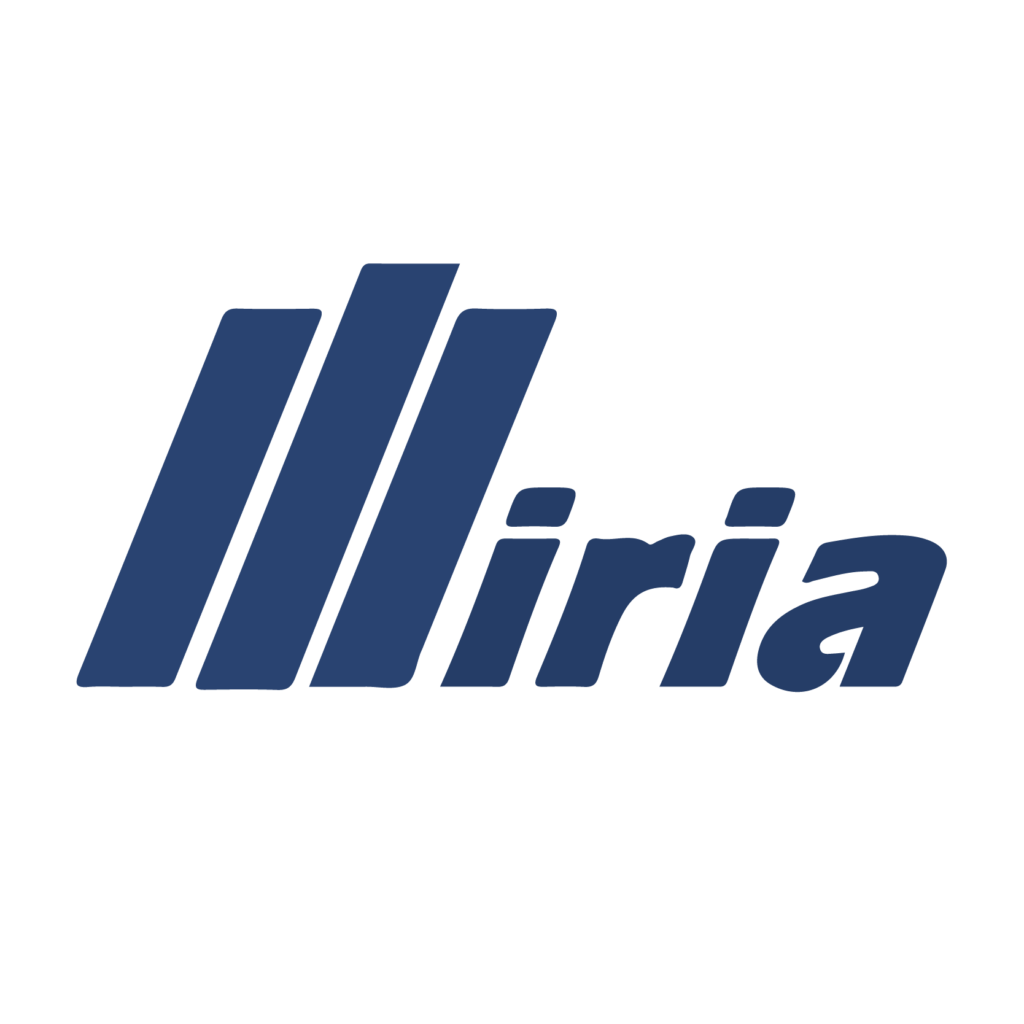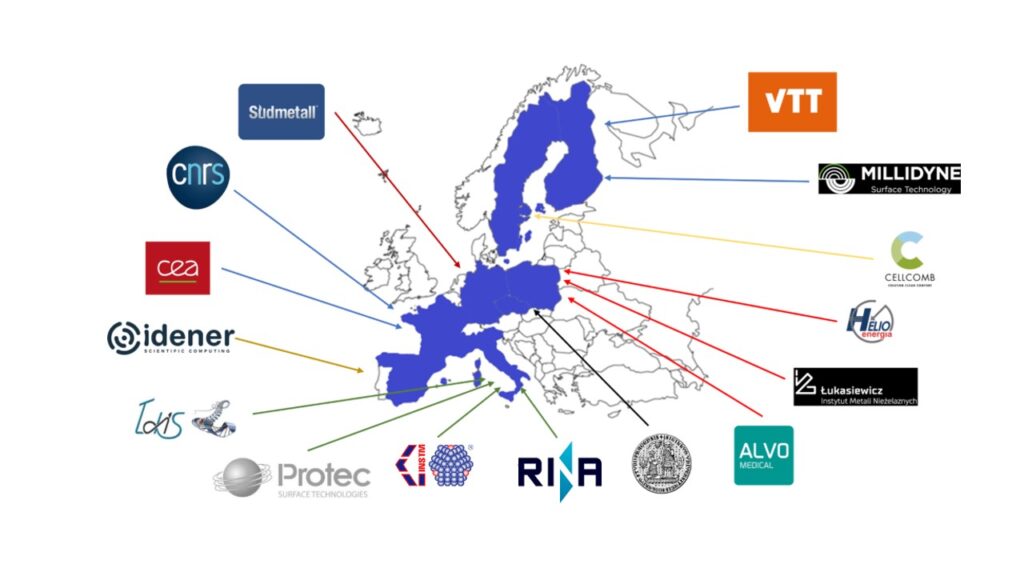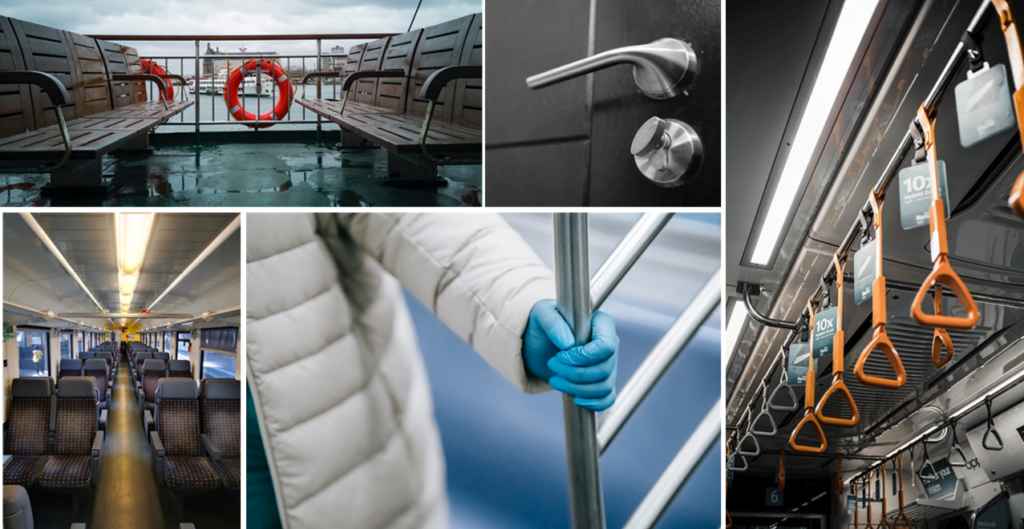 MIRIA Project
MIRIA Project
DEVELOPMENT OF ANTIMICROBIAL, ANTIVIRAL, AND ANTIFUNGAL NANOCOATINGS FOR EVERYDAY SURFACES

PROJECT 101058751 – MIRIA
HORIZON-CL4-2021-RESILIENCE-01-20

Objectives
Coatings capacity to be effective against a wide range of pathogen.

Time schedule
MIRIA is a 48 month project.

Blogging
Exploitation and dissemination will be set-up by an active blog.

Events
We will keep stakeholders updated on the project’s events.
MIRIA’S Consortium
The MIRIA consortium comprises 15 partners
from 8 EU countries. It is balanced between modelling partners (IDE), nanopowders designers and developers (CUNI, IMN, TAKIS), nanocoatings designers and developers (CSM, PST, VTT, HEN, IMN), nanocoating producers (HEN, PST, MD), characterisation partners (CEA, CNRS, VTT, INSTM, TAKIS), coated parts producers (CCOM, ALVO, SMET). Some partners play a double role: VTT and Takis (developers and characterisation); HEN and PST (developers and producers); IMN (nanopowders and nanocoatings developers).

Outlook
Context
Since the end of 2019, the spread of COVID has deeply changed our lifestyle, resulting in historical events and decisions, such as the
EU block of non-essential travel among countries (COMM (2020) 499), affecting the whole EU society economically and
psychologically. However, as reported in the HERA target priorities, the persistence of the emergency status requires daily actions that
tackle the spread of COVID.
Main scope
Project MIRIA aims to develop wide-range-antimicrobial nanocoatings to be used
in hospitals and other environments where cross-contamination and contagion risk are significant issues. MIRIA solutions aim to fill this void, impacting on EU health, both directly (by creating public safe environments) and indirectly (by reducing COVID spreading and decreasing ill-related work absences and psychological pathologies).
Challenges and ambition
Develop nanocoatings with a 99.99% effectiveness against a wide range of pathogens, especially SARS-CoV-2. This will be based on a four pieces puzzle: the knowledge in anti-microbial materials, nanopowders, nanocoating and pilot plant conduction. These nanocoatings will be brought to pilot scale (TRL6) and, within 3 years after the end of the project, they are foreseen to enter the market (TRL9).
Impact

The pandemic has heavily affected the economy around the world:
- Loss of working hours due to illness
- Loss of working hours due to lock-downs
- Increase in costs for the prevention of infections in offices and industrial plants
Communicating the feeling to live in a safer environment can alleviate the psychological and social impact, by reducing the threatening halo associated to the pandemic.

